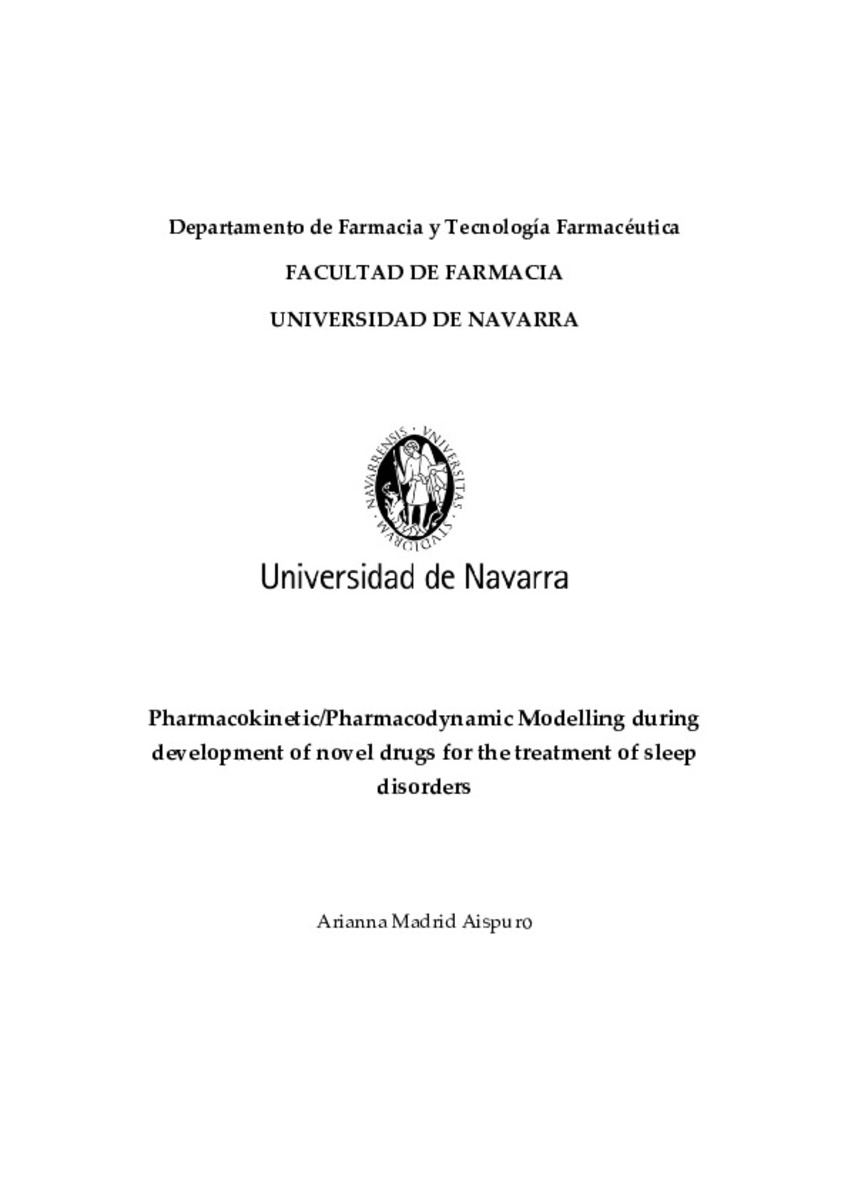Pharmacokinetic/Pharmacodynamic modelling during development of novel drugs for the treatment of sleep disorders
Fecha de publicación :
2015
Fecha de la defensa:
9-abr-2013
Editorial :
Servicio de Publicaciones de la Universidad de Navarra
Cita:
MADRID, A. “Pharmacokinetic/Pharmacodynamic modelling during development of novel drugs for the treatment of sleep disorders”. Trocóniz, I. y Vélez, N. (dir.). Tesis doctoral. Universidad de Navarra, Pamplona, 2013
Aparece en las colecciones:
Estadísticas e impacto
0 citas en

0 citas en

Los ítems de Dadun están protegidos por copyright, con todos los derechos reservados, a menos que se indique lo contrario.








